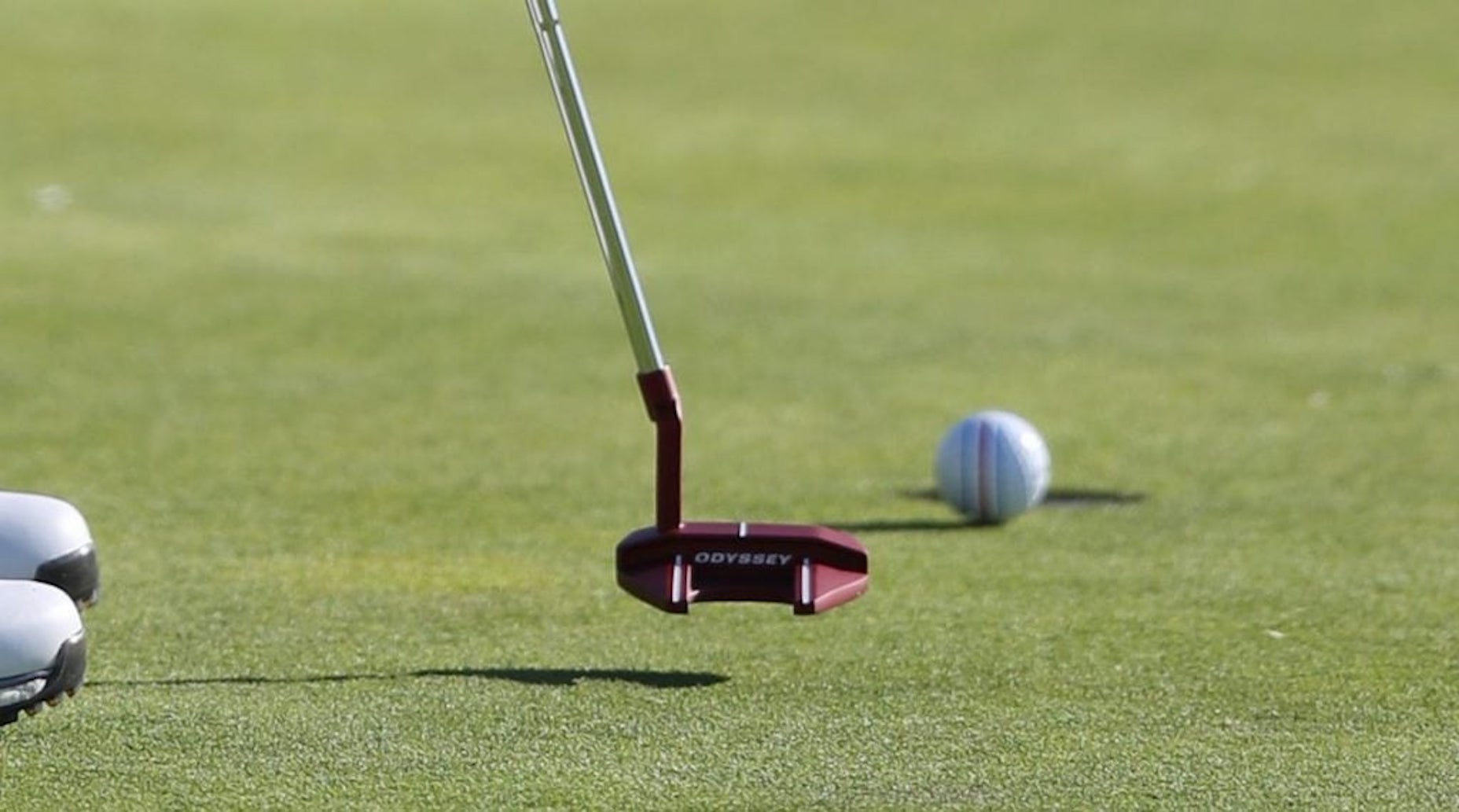Golfers tend to fixate on the head shape when they begin the search for a new putter — and rightfully so. It’s important to have something that passes the eye test. But there’s more to a new putter than dashing good looks. It’s important to take other factors into consideration, including grip size, alignment aids and length.
Something else you should consider is whether you’re better off with a toe hang or face-balanced putter. If you’re unsure which category your current putter falls into, simply pick it up and place the shaft on your index finger, closer to the head. Now adjust your finger position until the putter is perfectly balanced.
Once the putter is balanced on your finger, take a look at how the “toe” — the part of the putter where the neck isn’t connected to the head — is positioned. If the toe is drooping slightly, that means you have some semblance of toe hang in your putter. If the toe/face point towards the sky, you have a face-balanced putter. The neck design (slant, plumber’s, etc.) and shaft bend directly affect the amount of toe hang in a particular putter.
Why is all of this pertinent information? Depending on your stroke, you could benefit from one design over the other based solely on toe hang, or lack thereof.
The goal with any putter is to get the face square to the target at impact. The path you take to get there varies. For some golfers, a straight-back-straight-through stroke with minimal face rotation produces consistent results. Then you have those golfers who rotate the face open-closed but still manage to get the face relatively square at the impact position, Tiger Woods included.
“If you look at Tiger Woods, he works the putter open-closed, but most players keep it relatively neutral,” putting guru David Orr said on GOLF’s Fully Equipped podcast. “How the player gets the face squared at impact is important.”
For the most part, mallets are the most common face-balanced option — although we’ve seen toe-hang options surface in the last few years as well. So don’t completely discount a mallet if you have an arcing stroke. An arcing stroke — one that doesn’t return the putter head to the ball with minimal face rotation — would profit from some semblance of toe hang.
If you notice your putter has a tendency to really open and close during the stroke, you might want to look at a putter with maximum toe hang, where the toe droops significantly. Most major putter manufacturers offer minimum and moderate toe hang options, so even if you don’t have a pronounced open-closed stroke, there should be an option to fit your stroke.
It’s important to note that all of this knowledge is meant to inform. Unless you’re a good putter who has a strong handle on putter mechanics and what works and doesn’t for your stroke, you’d be best suited getting a certified club-fitter involved to have them take a look at your stroke. Some specialize in putter fittings and might be able to fit you in a putter/neck package that you never would’ve considered for your stroke.
